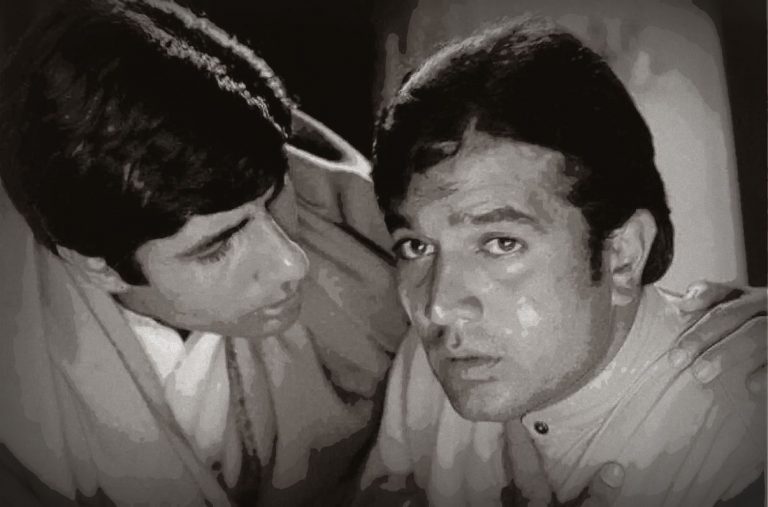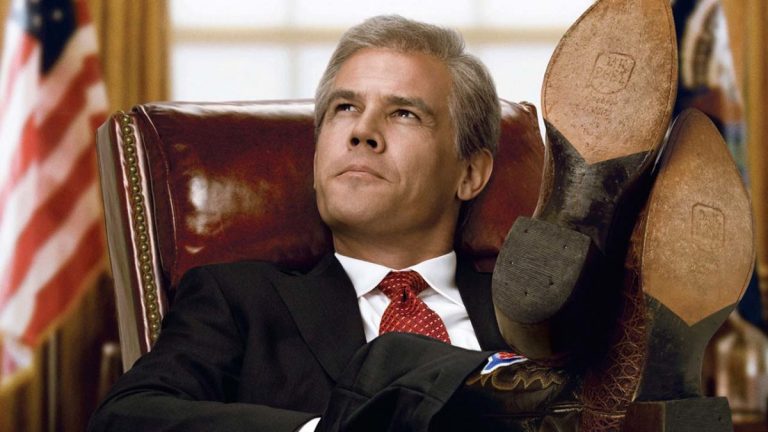David Lynch has earned a reputation for being real tight-lipped about the meaning behind his art. He’s still present in interviews and in the press, but he always abstains from explaining or clarifying the meaning or purpose of his work. Given how deeply mysterious and abstract they are, it’s very likely for the best. Endless amounts of analyses and arguments can be shared over his work, which wouldn’t be possible if he did give his objective explanation, which would be treated as gospel.
I don’t know about you, but I thought last year was an excellent year for films and TV shows that felt like they had a true original directorial spirit – the kind of spirit that invites a different interpretation of the work depending on each viewer. These such works like mother!, A Ghost Story, and Get Out, along with Lynch’s own come-back, the TV limited series Twin Peaks: The Return, were helmed by directors who wrote their own scripts and planted their auteur stamp over these very cinematic and hugely entertainingly original stories. These works also felt multi-layered, featuring a surface-level story that was easy enough to notice and explain, but with many different possible subtexts buried underneath it, that would likely fuel many a post-viewing conversations and analyses.
Peele has gone at length explaining the symbolism of ‘the sunken place’, expressing his views of his own film in the Hollywood Reporter’s Roundtable, the LA Times Roundtable, and on Twitter. He seems confused as to its specific metaphor, claiming “There’s lots of different sunken places. But this one specifically became a metaphor for the prison-industrial complex, the lack of representation of black people in film” – which one is it, Jordan? Although symbolism for mass incarceration of black Americans seems more likely (white culture using their bodies for labored work), the sunken place sequence itself seems to hint more towards the latter metaphor – Peele goes on to say “the reason Chris in the film is falling into this place, being forced to watch this screen, that no matter how hard he screams at the screen he can’t get agency across. He’s not represented”.
I’m not saying Peele is wrong, but he comes across as immodest when he boasts about the intent of his films like this. This is why Lynch doesn’t do commentaries, and even commentary-savvy folks like David Fincher usually go into narrative or production details rather than analysis of their own work. Peele goes through his commentary sounding like he’s a NYU film professor doing a by-the-beat analysis of a film they’ve seen a hundred times.
Glover briefly touches upon not “wanting to give it context” when the interviewer mentions the ambiguity in the music video, which it does seem to have given its abstract portrayal of topical issues such as gun violence. Don’t be fooled by those who claim this music video (or any piece of art) has a single meaning that you’re too stupid to pick up on. It’s arguable that the greatest art is open to multiple interpretations, which is what separates the malleable form of art from the cold hard facts of science.
Donald Glover got this memo, but Jordan Peele didn’t. And neither did Darren Aronofsky, the writer-director of what is very likely the most divisive and polarizing film of 2017, mother!, who also explained away his work (with a little help with co-star/then girlfriend, Jennifer Lawrence), which is obvious, yet contradictory, yet multi-interpretational in its allegories.

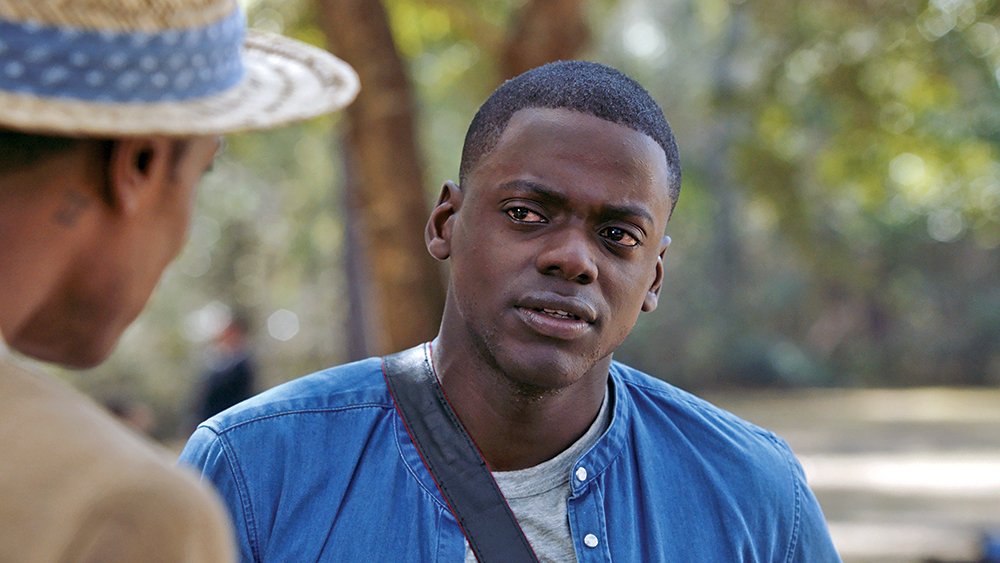
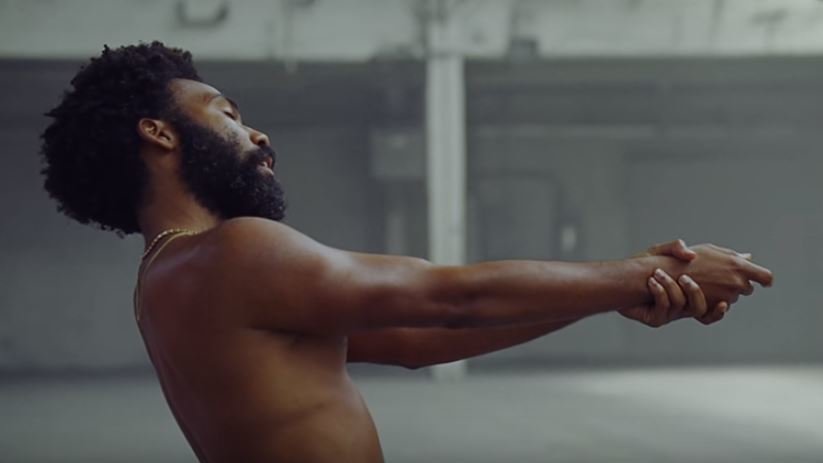
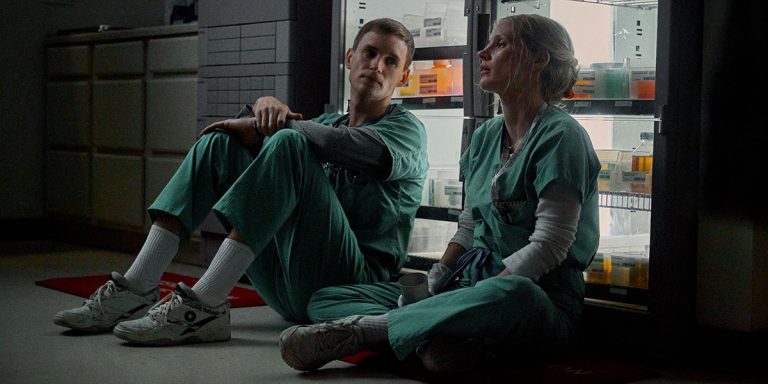

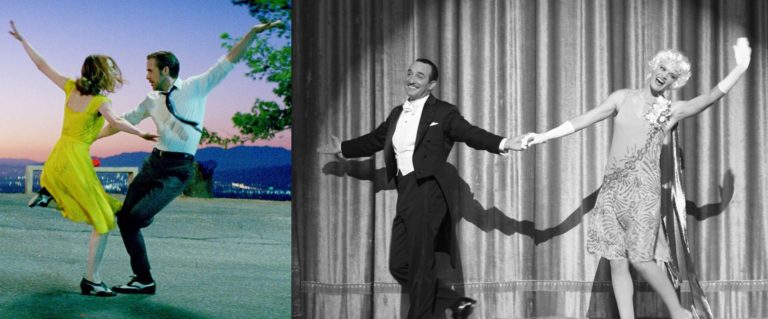
![Bird Box [2018]: Netflix’s Most Popular Film Is Also The Most Problematic](https://79468c92.delivery.rocketcdn.me/wp-content/uploads/2019/01/bird-box-768x432.jpg)
